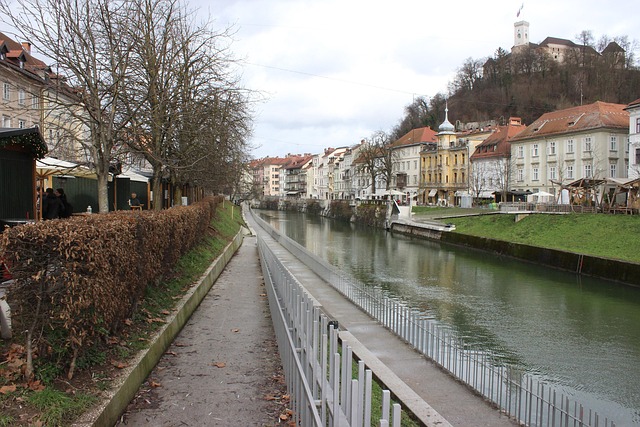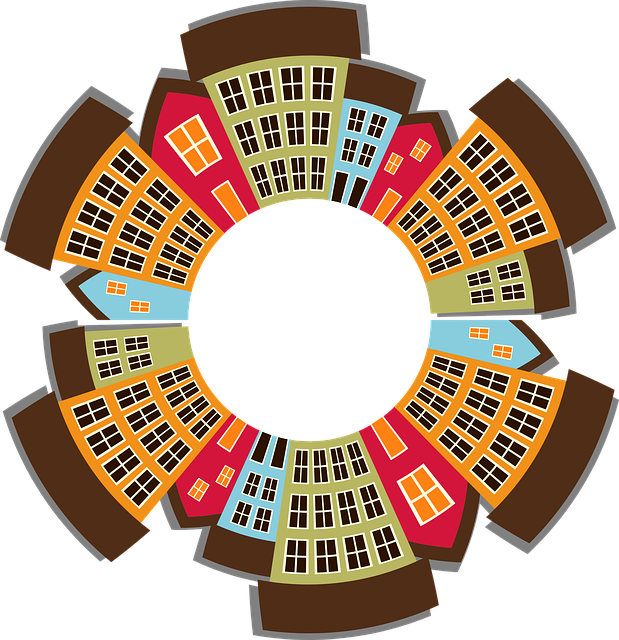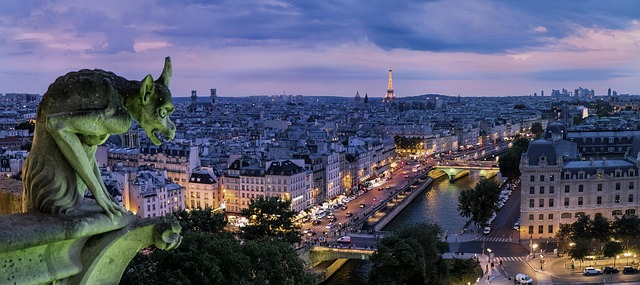The Falaknaz Dynasty (late 19th – early 20th century) transformed Karachi's urban landscape with innovative architectural designs blending Persian and European influences. This period prioritized well-planned neighborhoods, integrating residential, commercial, and public spaces, setting the foundation for modern urban living in Pakistan's vibrant heart, Karachi. The dynasty's floor plans, featuring spacious interiors, intricate balconies, natural lighting, and open concepts, continue to influence contemporary architecture, preserving Karachi's unique historical identity.
Discover the enchanting architectural legacy of the Falaknaz Dynasty through their distinctive floor plans, once the pride of Karachi. This article delves into the historical context, exploring key design elements that have left an indelible mark on the city’s skyline. From intricate layouts to innovative space utilisation, these floor plans have not only shaped modern architecture in Karachi but continue to inspire contemporary designers. Join us as we navigate through time, uncovering the enduring relevance of this architectural dynasty.
- The Falaknaz Dynasty: A Historical Overview in Karachi
- Key Features and Design Elements of Their Floor Plans
- How These Floor Plans Have Influenced Modern Architecture in Karachi
- Exploring the Legacy and Relevance Today: Case Studies
The Falaknaz Dynasty: A Historical Overview in Karachi

The Falaknaz Dynasty, a significant chapter in Karachi’s rich history, left an indelible mark on the city’s urban landscape. This era, spanning from the late 19th century to the early 20th century, witnessed a transformative shift in architectural design and urban planning. The dynasty’s floor plans, with their meticulous attention to detail and innovative concepts, reflect the changing dynamics of Karachi as it transitioned from a small coastal town to a bustling metropolis.
In terms of architecture, the Falaknaz Dynasty introduced a blend of traditional Persian and European influences, creating a unique visual identity for many buildings in Karachi. These floor plans often featured grand entrances, spacious living areas, and intricate balconies, seamlessly merging functionality with aesthetics. This period also saw the development of well-planned neighborhoods, with strategic allocations of residential, commercial, and public spaces, setting the foundation for modern urban living in the city known as the vibrant heart of Pakistan.
Key Features and Design Elements of Their Floor Plans

The floor plans of the Falaknaz Dynasty in Karachi are renowned for their blend of modern architecture and traditional aesthetics, creating spaces that are both functional and visually appealing. Key features include ample natural lighting, with large windows strategically placed to capture breezes while offering panoramic views of the city skyline. Open-concept layouts are a hallmark, fostering a sense of spaciousness and unity between living, dining, and kitchen areas.
Design elements such as high ceilings, elegant columns, and intricate tile work add a touch of opulence without sacrificing comfort. The incorporation of indoor gardens and private balconies further enhances the overall experience, providing residents with tranquil oases amidst the bustling city. These floor plans cater to diverse lifestyles, offering both privacy and opportunities for social interaction, reflective of the vibrant cultural tapestry that defines Karachi.
How These Floor Plans Have Influenced Modern Architecture in Karachi

The floor plans of the Falaknaz Dynasty have left an indelible mark on modern architecture in Karachi, serving as a testament to the city’s rich historical and cultural heritage. These meticulously designed blueprints not only reflect the architectural marvels of their time but also offer valuable insights into the urban planning and design trends that have shaped the metropolis we know today. The dynamic and innovative layouts incorporate elements of symmetry, natural lighting, and open spaces, which have since become staples in contemporary Karachi homes.
Many modern architects in Karachi draw inspiration from these historical floor plans, incorporating their timeless aesthetics while adapting them to meet the needs of contemporary living. The use of spacious interiors, elegant courtyards, and thoughtful circulation patterns found in Falaknaz-era structures can be seen in various residential and commercial buildings across the city. This influence not only preserves the architectural legacy of the past but also ensures that Karachi’s built environment continues to evolve while staying true to its unique historical identity.
Exploring the Legacy and Relevance Today: Case Studies

The floor plans of the Falaknaz Dynasty in Karachi stand as a testament to the architectural brilliance and urban planning visions of yesteryears. These blueprints, reflecting the cultural fusion and aesthetic sensibilities of that era, offer valuable insights into the city’s historical development. Today, as we navigate the modern urban landscape of Karachi, these ancient designs remain relevant, inspiring contemporary architects and planners.
Case studies on specific Falaknaz-era structures can highlight their enduring appeal and influence. For instance, exploring residential floor plans from this period might reveal innovative layouts that emphasized natural lighting and airflow, concepts still highly sought after in today’s energy-efficient home design. Similarly, public spaces and commercial buildings from the dynasty era could showcase ahead-of-their-time considerations for community engagement and functional urban centers, which are now being重新 evaluated in light of modern city needs.
The floor plans of the Falaknaz Dynasty have left an indelible mark on Karachi’s architectural landscape. Their unique design elements and attention to detail have not only stood the test of time but also influenced modern architecture in the city. By exploring the legacy of these historical structures, we can appreciate how the Falaknaz Dynasty’s floor plans continue to shape contemporary buildings in Karachi, ensuring their relevance and enduring impact.



